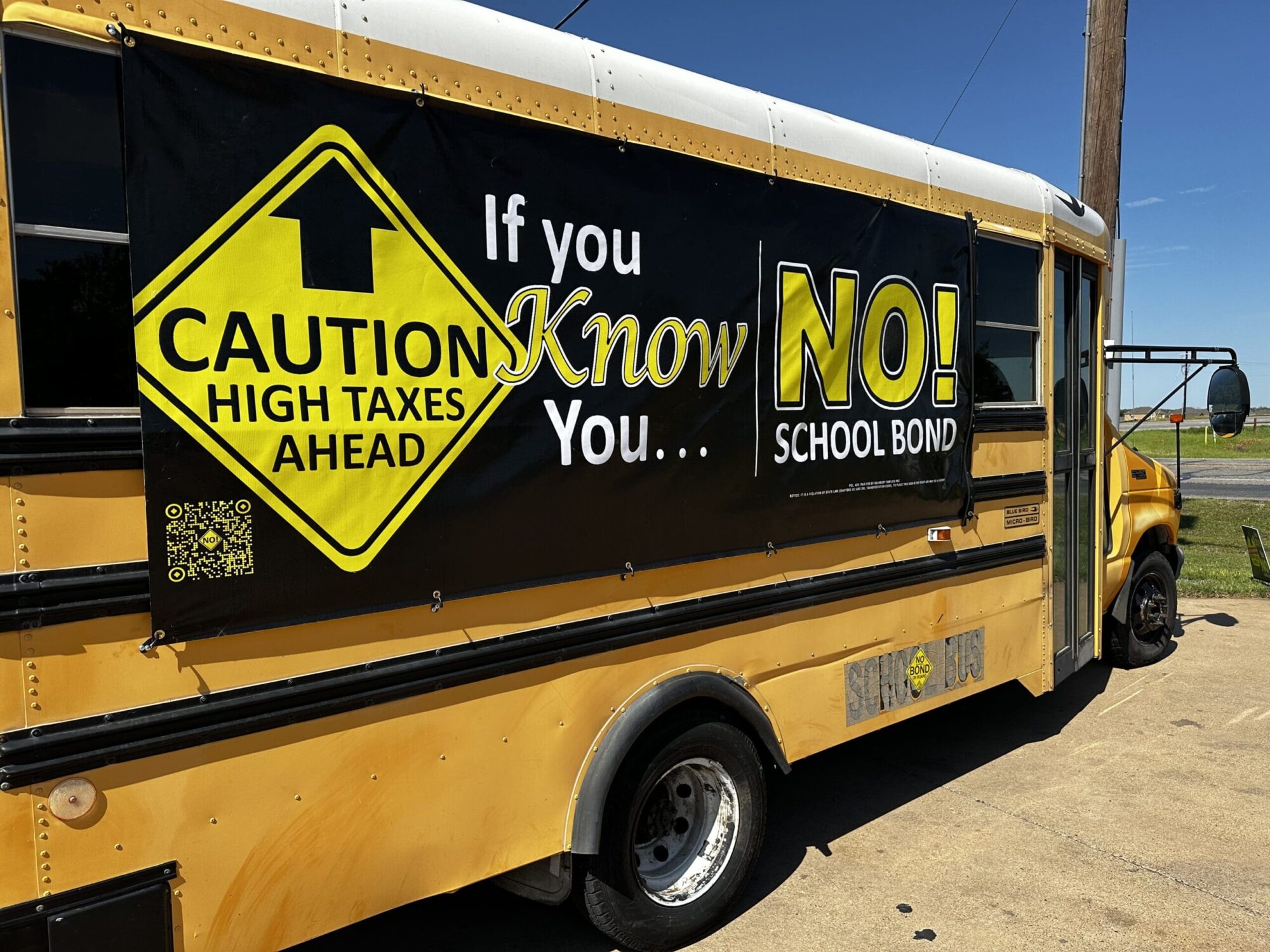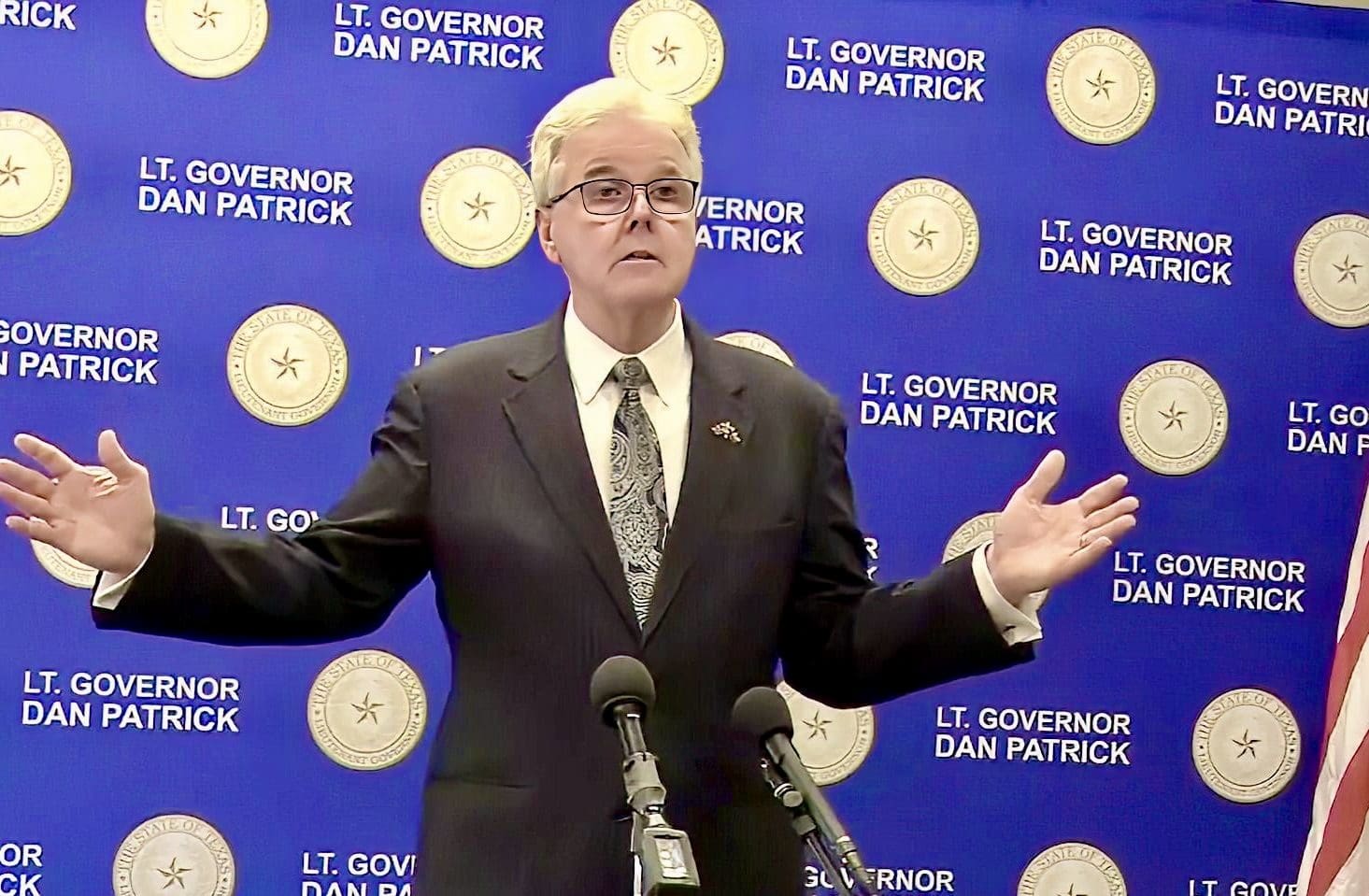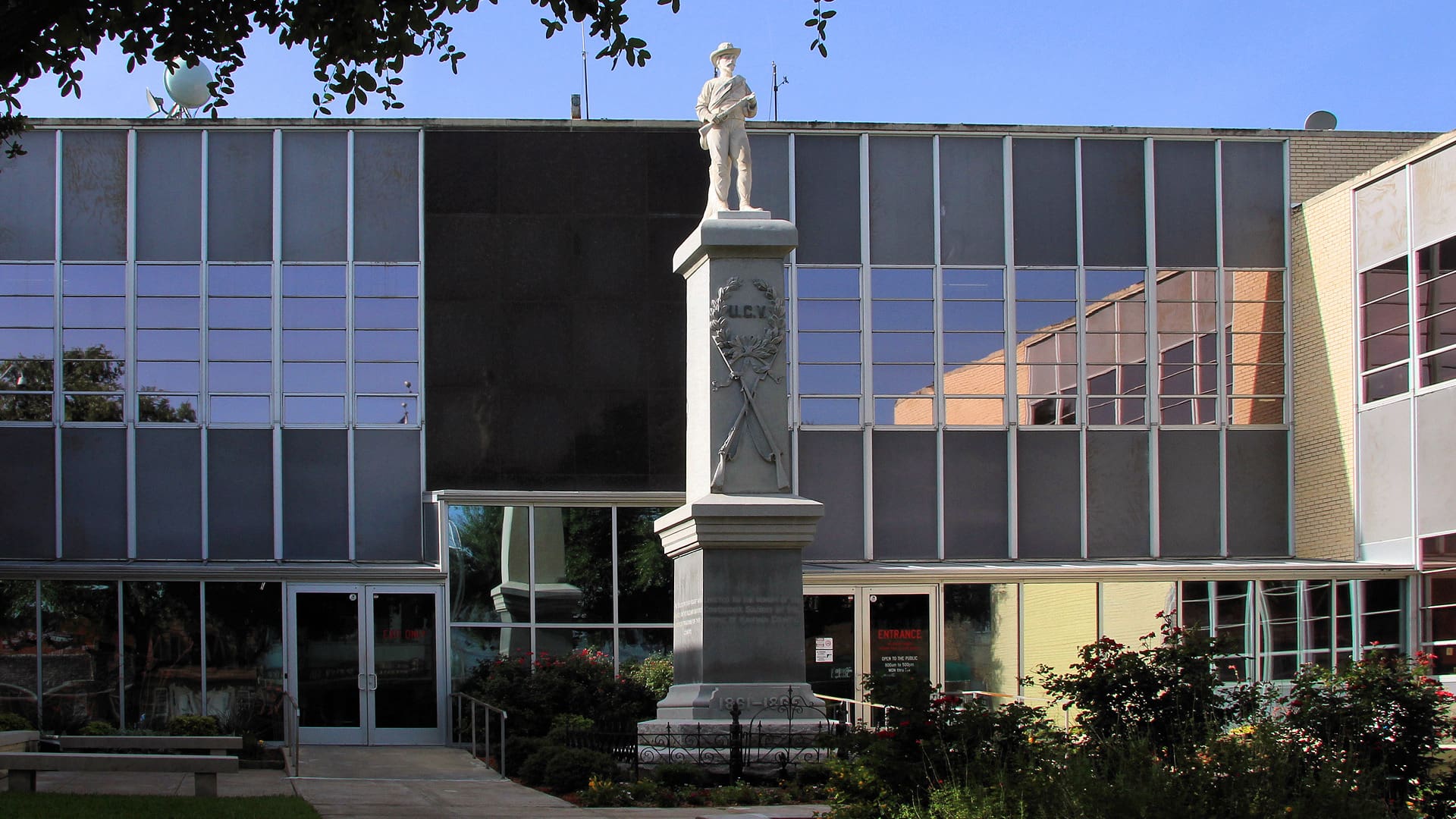By their own admission, Midland’s city council has adopted what seems to be a “standard” policy when setting property tax rates: a 3 percent annual tax increase. While such an increase may seem benign at first glance, it has resulted in significant tax increases over several years.
Ronald Reagan once said, “As government expands, liberty contracts”. Over the years, the Midland taxpayers have received the very thing Reagan warned against: an unnecessary growth of local government and an equal erosion of their liberty.
Last week, Midland City Council continued its tax-raising trend by starting off their 2017 budget process with a proposed tax increase: “effective” plus 4 percent. This means that when council officially adopts next year’s property tax rate on September 13, they can adopt a rate up to, but not more than, the effective tax rate plus 4 percent.
To further clarify, the effective tax rate is the rate that would allow the city to collect the same revenue as last year from the same properties taxed in both years. The reason it’s lower than 2016’s property tax rate is because it takes into account rising appraisals in Midland, while excluding new houses and commercial development. In other words, taxes collected from new properties (i.e. growth) are excluded from the calculation.
Simply put, any rate higher than the effective tax rate will allow the city to collect more money from the same taxpayers, and constitutes a property tax increase.
Of the four council members present (Sharla Hotchkiss, John Love III, J. Ross Lacy, and Spencer Robnett), J. Ross Lacy was the only “nay” vote. He stated the council should be lowering its budget and keeping the rate the same since property valuations had increased. Although this initial vote simply sets a limit to what city council can pass next month, it’s an indicator that residents should, once again, expect their tax bill to go up.
By proposing a tax rate that gives the city a 3-4 percent raise every year, the city is increasing the cost of government for the average taxpayer, while collecting new revenue from a growing tax base.
Local officials often justify the need for more tax dollars on inflation, decreased sales tax revenue, or changes in population. However, the graph below shows a significant growth in spending per capita by the city since 2011, after adjusting for those factors.
The numbers are adjusted for inflation, use the city’s general fund (which includes both property and sales tax revenue), and adjusts for changes in population. It demonstrates that, even though they’re gifting themselves a relatively small annual raise, it adds up to a significant increase over time. In this case, their “automatic tax increase policy” has resulted in a 20 percent increase in spending, per resident. In other words, after adjusting for growth, spending per resident has dramatically increased over the past five years.
Add on extra expenditures such as the $43 million Midland Center, Certificates of Obligation (debt), and the various fees tacked on to residents’ utility bills, and you’re looking at a much larger increase that is not accounted for in the general fund.
Unfortunately, this spending addiction is a common practice throughout the state, resulting in Texas having the sixth highest property tax burden in the nation and the second highest property tax burden, when compared to states with no personal income tax. Texas voters may have a fiscally conservative reputation, but representatives at the local level are automatically growing government as a matter of policy.
The Midland City Council will host public hearings to discuss the tax rate on August 16 and August 23. A public hearing will be held to discuss the 2017 budget on August 30, and plans to adopt the budget and tax rate on September 13. Local taxpayers should engage in the process before these important decisions are made.




